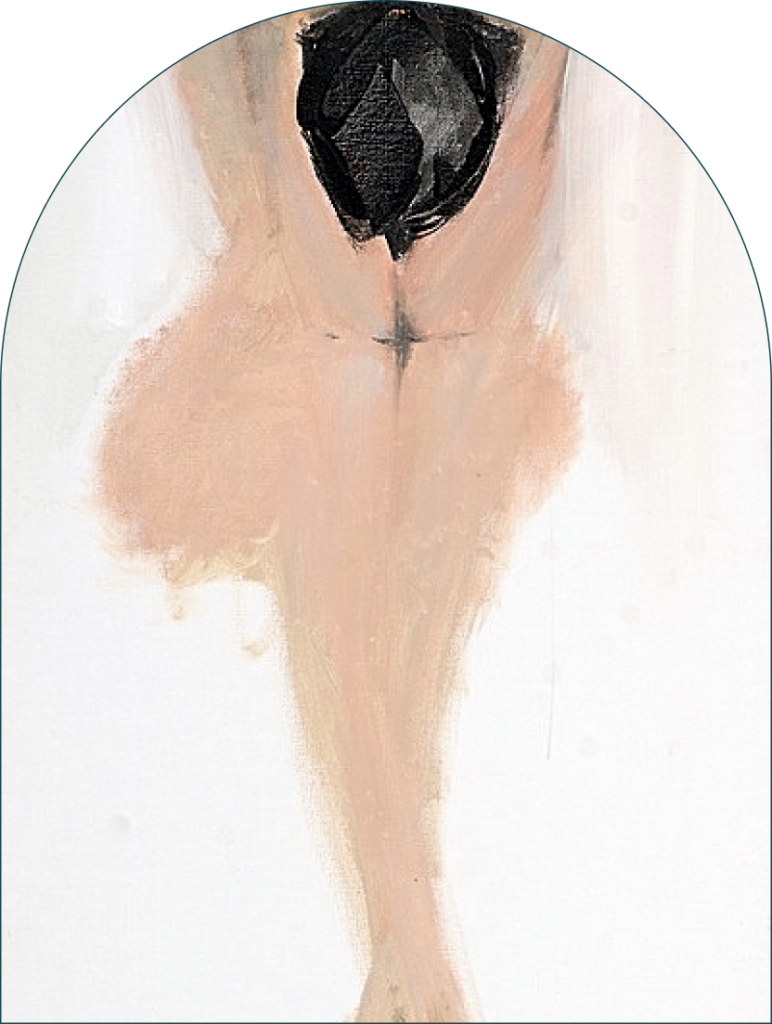
Sergei Chepik was a phenomenal master, whose series of four large-scale canvases ‘I am The Way, The Truth and The Life’ was exhibited at London’s St. Paul’s Cathedral from January 2005 until November 2008. Chepik’s solid reputation in the art world can also be attributed to his portraits of Margaret Thatcher, Rudolf Nureyev and Pierre Richard.
Chepik’s oeuvre reflects his ongoing search for hidden truths of life. Sergei’s work captures the depth of the human soul – its endlessness, mystery, abysmal darkness and eternal light. Chepik’s artworks transmit ecstasy and agony of the human experience, as well as hope that endures.
Sergei Chepik was born in Kyiv, Ukraine, in 1953, into a family of an artist and a sculptress. Naturally talented, Sergei embarked on his artistic journey as a painter at the age of five. He was an exceptional graduate of Ilya Repin State Academic Institute of Painting, Sculpture and Architecture in St. Petersburg. Sergei studied there under one of the most celebrated Soviet artists – Andrei Mylnikov. Andrei Mylnikov was himself a student of Igor Grabar who, along with Alexandre Benois, was a co-theorist of the World of Art association led by Sergei Diaghilev.
From 1980 until 1985, Sergei Chepik mainly painted rural landscapes, rustic scenes and villages of so-called Old Russia. These works were not based on sentimental idealism with a veil of melancholy; instead they reflected the inquisitive mind of the artist and were raw, stirring, intense, teeming with both discoveries and recollections. Chepik often populated the scenes with extravagant beings of folklore. “Petrushka” is without doubt a masterpiece that was born out of this specific period.
Sergei Chepik then concentrated on the aspects of martyrdom and tragedy in Russia’s history of the twentieth century. “The Apocalypse”, “The Crucifixion”, “Pieta” and “The Veterans” discuss this theme by drawing parallels with Christian iconography. In 1987, ‘The House of the Dead’ – an allegory to the society living under the dictatorship of Soviet regime, doomed, paranoiac and hopeless – has introduced a stronger confrontation between the artist and the censors. Tired of overcoming either indifference or resistance, Sergei Chepik travelled to France on the 1st of August 1988. “The House of the Dead” was awarded the Grand Prix at the Salon d’Automne in Paris. In 1990, Chepik’s inaugural retrospective exhibition was held at the Roy Miles Gallery in London.
Since 1991 until his death, Chepik lived in Montmartre near Rue Caulaincourt and has obtained French citizenship in 1993. His further work demonstrated his fascination with Paris – with Notre-Dame and the Gargoyles, with the Seine and the bridges…Diverse motifs appeared in Chepik’s phantasmagorical compositions – the Carnival of Venice, corrida, circus, Moulin Rouge, fantastical utopias, myths and legends such as that of Atlantis. Yet Russia also kept occupying and troubling the artist’s mind. Chepik painted “The Troika” (1991), “The First Circle” (1991-92) and “The Red Place” (1994). His trip to Russia in 1995 resulted in a disappointment and, back in France, he created “The Golgotha” (1995-96) – a remarkable unique Crucifixion that was exhibited at St John’s Church in England during one of the Holy Weeks. The parishioners lighted candles in front of this unprecedentedly engaging painting. Chepik’s later religious masterpieces include “The Prophet”, “The Redemption” and “The Last Supper”.
Sergei Chepik has passed away prematurely on the 18th of November in 2011, in Paris.
*required fields
We will process the personal data you have supplied in accordance with our privacy policy (available on request). You can unsubscribe or change your preferences at any time by clicking the link in our emails.